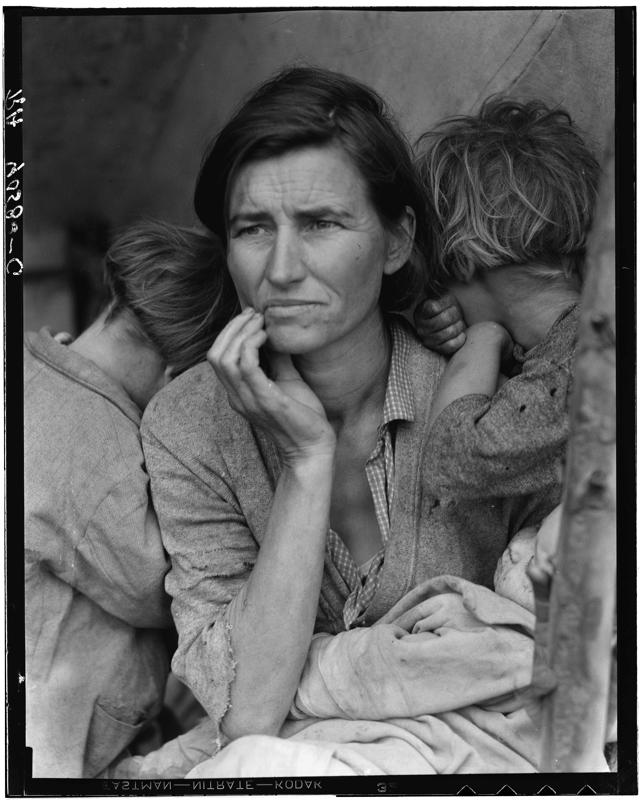History of Photography

Photography has grown up with modern life. Making sense of its history requires an understanding of its broad social functions, its integration with everyday experience, and its complex relationships to the history of art and the modern media. This course surveys photography from its public debut in 1839 to the present day, and introduces students to the tools needed to interpret its varied uses and meanings.
Photography comprises a wide range of technologies and cultural practices. The significance of photographs has historically been centered in their persuasiveness as records, yet the medium has also served, from its inception, as a vehicle for fictions and fantasies. Tracing photography's evolution as an art form while attending to its operation within fields like science, politics, sociology, journalism and medicine, we will open the persuasive nature of the photograph to closer scrutiny. How do photographs function as true records, documents of aspects of the real world? And how do they function as fictions—as artworks but also as propaganda and fake news?
Students will learn to analyze photographs as pictures, to incorporate visual analysis within historical argument, and to approach the diversity of photographic production from a broad historical perspective. The course will acquaint students with core principles and problems in the history of photography, with a selection of key historical sources and recent scholarly writings on the medium, and with a range of historically significant photographic practices and forms. For those without prior experience, the course also functions as an introduction to thinking and reading in the discipline of art history.
Textbooks/Other Materials: all readings will be available in the electronic coursepack
Course Requirements: lecture, sections, readings, class discussion in section, written assignment, 2 exams
Intended Audience: anyone welcome
Class Format: two 80-minute lectures and one section per week
Estimated Cost of Materials: $0-50
HISTART Distribution Requirements: Europe and the US, Modern and Contemporary